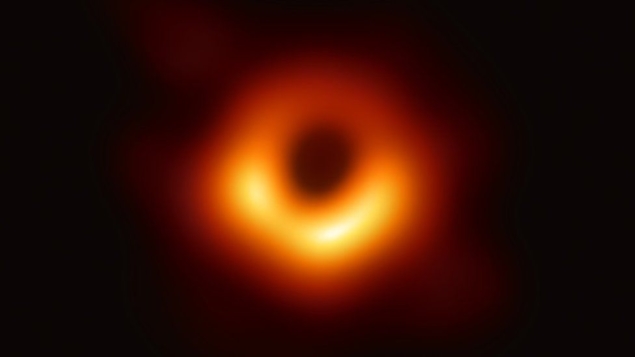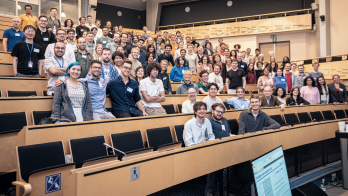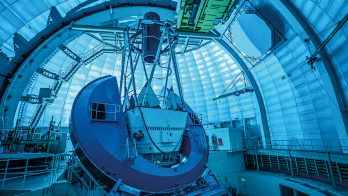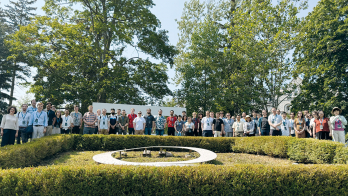
Hooman Davoudiasl and Peter Denton of Brookhaven National Laboratory have used the recent Event Horizon Telescope image of supermassive black hole M87* to disfavour “fuzzy” models of ultra-light boson dark matter with masses of the order of a few 10-21 eV (Phys. Rev. Lett. 123 021102). The inferred mass, spin and age of the black hole are incompatible with the existence of such fuzzy dark matter given the principle of superradiance, whereby quantum fluctuations deplete the angular momentum of a rotating black hole by populating a cloud of bosons around it. The effect depends only on the bosons’ mass, and does not presuppose any non-gravitational interactions. Future measurements of M87* and other spinning supermassive black holes have the potential to exclude the entire parameter space for fuzzy dark matter.
An intriguing alternative to cold dark matter, fuzzy dark matter could address the “core-cusp problem”, wherein observations of an approximately constant dark matter density in the inner parts of galaxies conflict with the steep power-law-like behaviour of cosmological simulations. The particles’ long de Broglie wavelengths, of the order of a kiloparsec, would suppress structure at this scale.







